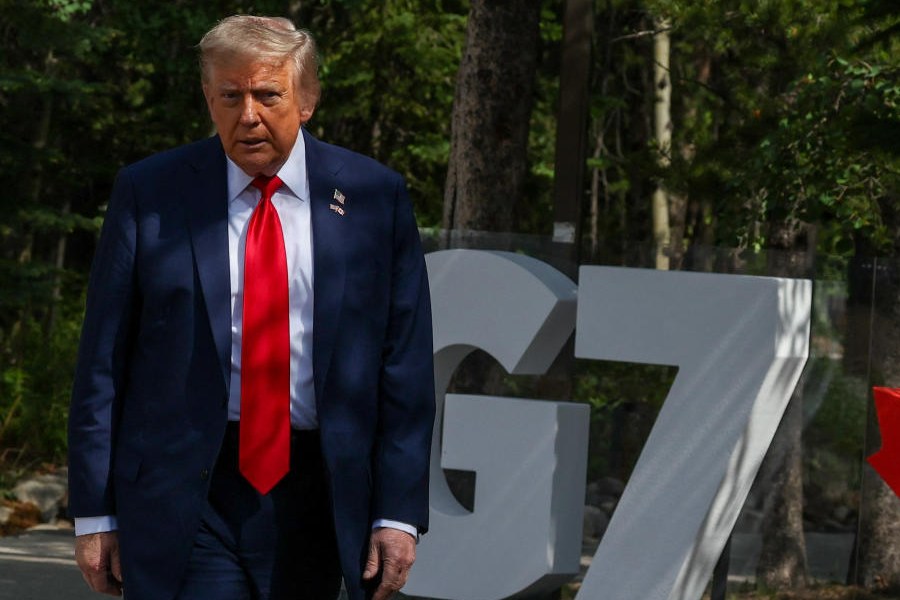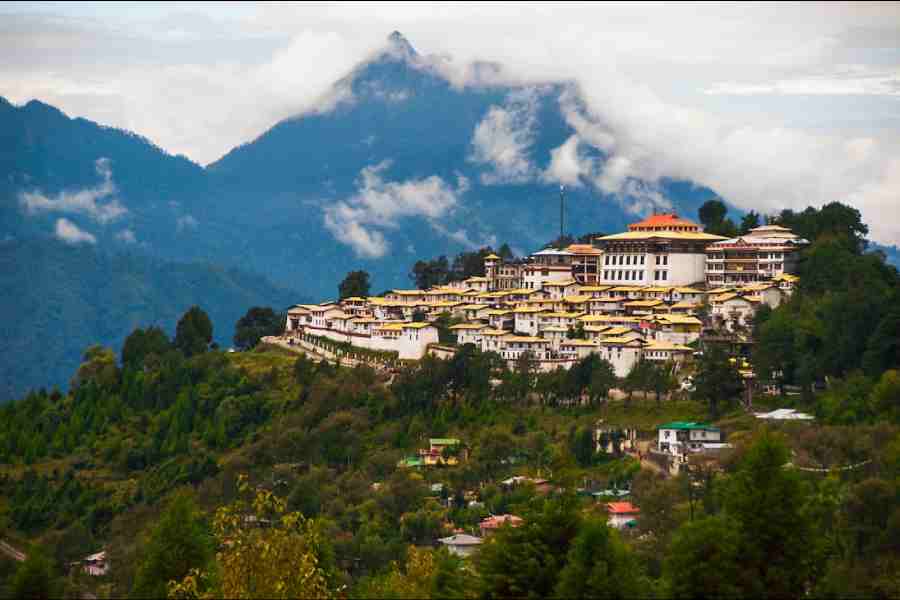
Animal advocacy groups have succeeded in their struggle to put an end to mass animal slaughter during the Gadhimai festival, held in southern Nepal every five years.
Representatives of Gadhimai Temple Trust announced on Wednesday, in Patna, that the temple committee has decided against undertaking any animal sacrifice by itself and the corresponding ritual would now be carried out using coconuts and pumpkins. "For generations, pilgrims have sacrificed animals to Goddess Gadhimai. However, the time has come to replace killing with peaceful worship. The Gadhimai Temple Trust thus declares its decision to end animal sacrifice. We want to ensure the next Gadhimai festival, in 2019, is free from blood," said Ram Chandra Shah, chairman, Gadhimai Temple Trust.
The Nepal temple trust's decision follows rigorous negotiations and campaigning by animal protection groups such as Humane Society International (HSI), India and Animal Welfare Network (AWN), Nepal. The announcement was made in the presence of HSI-India consultant and petitioner to Supreme Court in the case, Gauri Maulekhi, World Council of Arya Samaj president emeritus Swami Agnivesh and AWN-Nepal founding member Manoj Gautam.
Gadhimai is a month-long Hindu festival during which thousands of water buffaloes, pigs, goats, chickens, and even pigeons and mice are sacrificed because of a myth that five lakh animals must be slaughtered during the festival.
Over 70 per cent of the devotees and animals sacrificed come from Bihar, Uttar Pradesh, Jharkhand and Bengal. Around 22 countries were protesting against the practice.
"This is a major victory for us. Around 2.5 lakh cattle, mostly buffaloes, were sacrificed during the last Gadhimai in 2009. After a Supreme Court order against movement of animals from India to Nepal, several thousand animals were saved during the festival last November but the number of animals slaughtered was still high," Maulekhi said.
The festival owes its origins to a 265-year-old myth. When Bhagwan Chaudhary, a feudal landlord from Bariyarpur village in Nepal's Bara district, was imprisoned in Makwanpur Fort, goddess Gadhimai appeared in a dream one night and demanded a human sacrifice to end his ordeal. Chaudhary could not sacrifice a human, but promised to sacrifice five animals after returning to Bariyarpur. After a token offering of a few drops of blood from five parts of his body, he got a priest to do a panchbali - sacrifice of a buffalo, pig, goat, chicken and rat.










